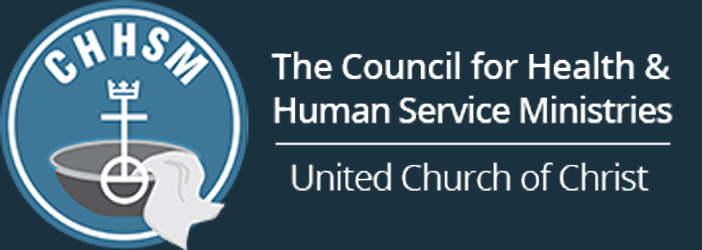Youth Flourish Through Creative Therapy
The name of the game is “Good, Bad and Ugly,” and improv comedian Tom Farley needed three volunteers at one of Orion Family Services’ adolescent group homes.
“The audience asks for advice from their peers,” says Farley, who creates interactive, comedic therapy sessions for the CHHSM ministry, which offers a variety of youth and community programs, including in-home family therapy, counseling and foster care in Madison, Wisconsin. “One panelist gives good advice, the second person gives bad advice, and the third person gives really ugly advice,” he says. “We deal with real-life situations.”
It might seem unusual – an improv comic session at a therapeutic home for teens, but for CHHSM ministries like Orion Family Services, creative therapy encourages abused and neglected youth to open up.
At CHHSM member Hoffman Homes, four therapists oversee five different creative activities, including art, horticulture, recreation, pet and equestrian.
“Residents enjoy these interactive sessions,” says Jennifer Sepic, supervisor of creative therapies at the psychiatric residential treatment community in Littletown, Pennsylvania. “They learn to relax and develop social and empathy skills. Kids really blossom and flourish instead of shutting down in a traditional discussion-based setting.”
Sepic, who teaches pet therapy, begins each hour-long class with a group discussion before inviting the residents to spend time with the animals.
Before arriving at Hoffman Homes, Gabi S., 15, spent most nights curled up with her cat. So Hoffman’s pet program seemed like a perfect fit, she says.
“We start with a community meeting where we talk about how we are feeling, and then we hang out with the pets,” says Gabi, who enjoys the two ferrets and the cat, Oliver.
Creative therapy gives teenagers an outlet to express their individual identity, according to a study from the American Counseling Association. Additionally, trauma victims continue to benefit from programs such as music and art, even after formal sessions end, according to the National Clearinghouse on Families & Youth.
“Most students are really happy because they can do something they’ve never been able to do,” Sepic says. “The creative sessions are sanctuaries that break up the monotony of a typical day. Students relax, build confidence and self-esteem.”
Farley says that comedy reaches troubled kids in a way that lectures can’t. He started lecturing about the dangers of substance abuse after his brother, Chris Farley, a cast member of Saturday Night Live, died of a drug overdose in 1997.
“Humor helps people communicate better,” Farley explains. “My sessions are peer-enhanced environments, not peer-pressured ones. I interact with teenagers in a way they’ve never been approached before.”
There are only two rules in his improv sessions: Students must accept the conversation and keep it moving. The participants keep the dialogue going when they communicate and listen to their peers.
“It’s empowering to connect with these kids and know that I’m getting through to them,” he says. “In these environments, everyone wins.”
Join Our Mailing LIst
"*" indicates required fields
Follow on Facebook
Phoebe Berks Residents Take the Stage in First-Ever Talent Show - CHHSM
www.chhsm.org
Written by Alan Raisman & Dominic Trabosci; photos by Alan Raisman. The Phoebe Berks community in Wernersville, Pa. — part of Phoebe Ministries based in Allentown, Pa. — was in awe after watching ...